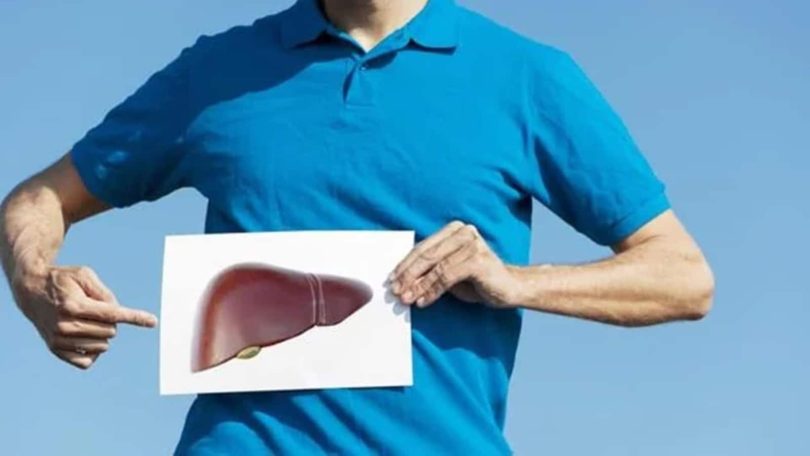[ad_1]
Non-alcoholic fatty liver disease (NAFLD) is one of the three leading causes of liver issues worldwide, along with hepatitis B and C and alcohol-related liver disease where one-third of patients with chronic liver disease have NAFLD, while 70% of people with diabetes and 80% of people with obesity have NAFLD. It is a metabolic health disorder that affects the liver, even in those who do not consume alcohol.

In an interview with HT Lifestyle, Dr Rajiv Kovil, Diabetologist, Chairperson at Zandra Healthcare, Co-Founder of Rang De Neela initiative and Secretary at United Diabetes Forum, revealed, “It is a prevalent cause of liver problems in people with and without diabetes, and is often associated with obesity. It is also known as the “mother of all noncommunicable disorders.” NAFLD occurs when more than 5% of liver cells accumulate fat, but it can only be diagnosed after other causes of fatty liver disease, such as chronic alcohol consumption and certain glycogen storage disorders, have been ruled out.”
Revealing whether NAFLD is a metabolic syndrome, he said, “NAFLD is part of metabolic syndrome, which causes insulin resistance and includes obesity, higher waist circumference, abnormal cholesterol levels, and high blood glucose. The fatty food we eat gets deposited into the wrong organs, causing the liver to enlarge and function to decrease. NAFLD can progress to Nonalcoholic steatohepatitis (NASH), which can lead to cirrhosis and liver cancer if left untreated. It is important to note that insulin resistance can also result in to fat accumulates in other organs where it should not be, such as the kidney, and neck; this is called ectopic deposition of fat. Fat in the pancreas is known as a fatty pancreas, fat in the liver is called fatty liver, and fat in the kidney is a fatty kidney.”
Talking about how NAFLD is diagnosed, Dr Rajiv Kovil said, “To diagnose NAFLD, doctors use imaging techniques such as sonography, CT scans, or isotope liver scans, and elastography fibro scan can confirm NAFLD. The treating doctor uses a scoring method to determine the stage of NAFLD.”
About the treatment of NAFLD, he highlighted, “Treatment for NAFLD depends on the patient’s score and whether they need to see a liver specialist or a hepatologist. Lifestyle changes or pharmacotherapy for liver or overall weight loss can help manage the disease. NAFLD is a complication of obesity and diabetes and needs careful management, although there is no specific treatment for it. Losing weight, taking vitamin E doses, and antidiabetic drugs may be helpful, but further research is required to develop effective therapies for NAFLD. Early detection is crucial to avoid complications, and patients should undergo proactive investigations without neglecting the disease.”
[ad_2]
Source link








